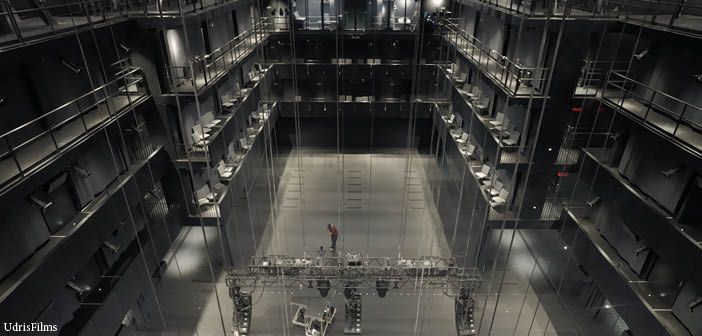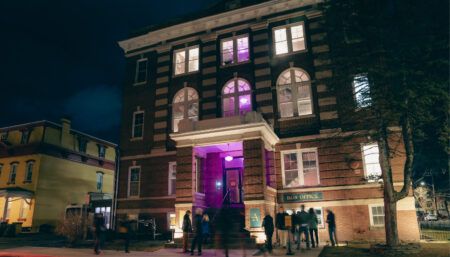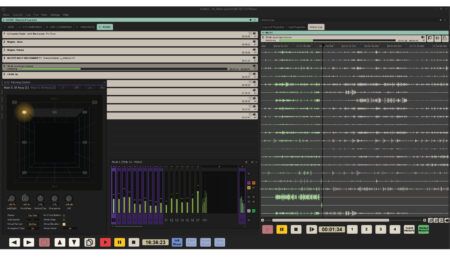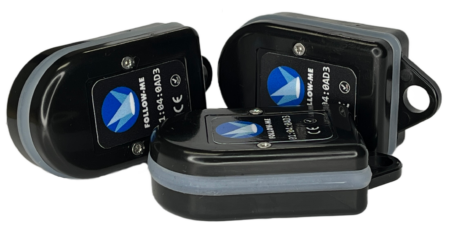The Lindemann Performing Arts Center recently opened at Brown University in Providence, Rhode Island. The project team included architect Rex and firms including theatre consultant Theatre Projects, which shared details of the venue’s features.
“That this ‘morphable’ venue can be a concert hall on Monday and end-stage on Tuesday is a testament to what a creative design team working closely with the Brown Arts Institute can achieve in responding to the performance needs of the university,” said project manager and Theatre Projects director David H Rosenburg.
The Lindemann is a fully transfigurable hall, with the ability to shift through preset configurations. Users engage unique manual and automated operations, above and below the stage, to achieve five primary arrangements – concert hall, immersive media cube, flat floor, recital hall and proscenium theatre.
The venue prioritises extreme flexibility across a wide range of non-traditional use-cases, with the aim being to limit barriers to users’ imagination and prioritise accessibility. Past Theatre Projects venues including Virgina Tech’s Moss Arts Center, the Cerritos Center for the Performing Arts, and the Dee and Charles Wyly Theatre (another collaboration with Rex) also subscribe to this approach.

“Our design mantra was ‘as few loose parts as practical’,” said Michael Nishball, senior equipment designer and Theatre Projects principal. “While we integrated the stage equipment to achieve the five main arrangements, the potential for unique places of assembly is limitless.”
Accommodating the transitions are mechanised architectural, acoustic and seating elements. Massive nested and mobile gantries track in and out – the largest of which travels 44ft from the back of the house to the stage’s edge. Walls recede. A video screen rises from the floor. Drawbridges come down for technicians travelling behind the scenes. To direct sound and allow for other performance equipment to fly in, 900 lb millwork ceiling reflectors adjust overhead. Retractable seating tucks away or disappears down a level via a stage lift. The main space’s four sound-isolating glass walls with blackout panels embrace, hide or control the abundance of daylight, depending on the needs of the performance.
The stage engineering invites all manner of production: Brown’s student orchestra and chorus; experiential performance art; solo recitals; lectures; digital cinema; large-scale theatrical pieces; commencement awards; community dinners; and beyond.





